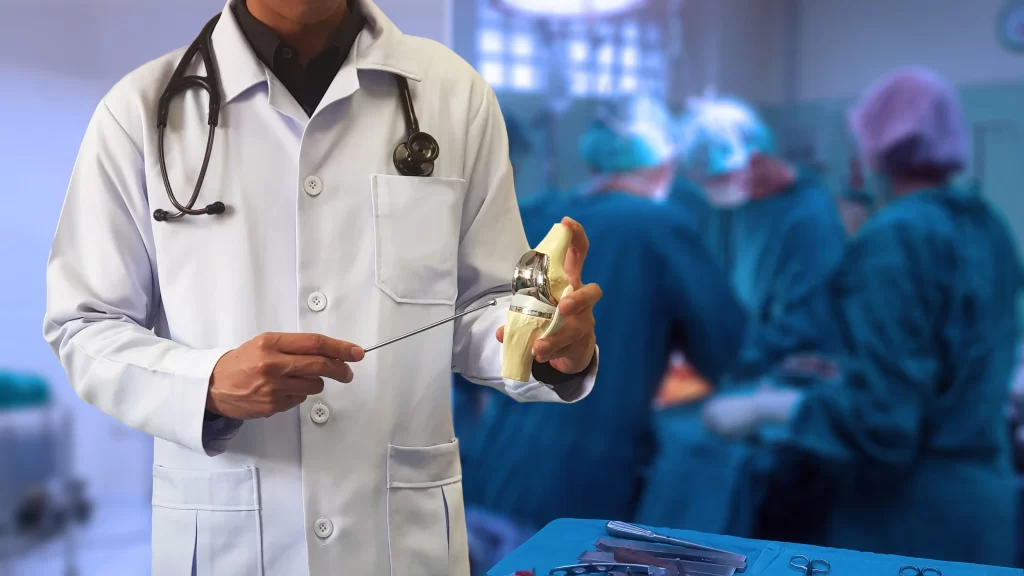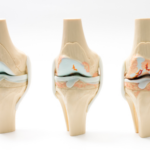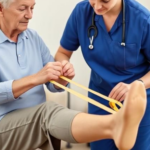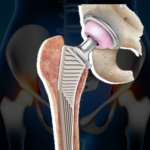
Introduction-
Preparing for robotic joint replacement surgery can be an exciting yet overwhelming experience. Robotic technology has revolutionized the field of orthopedic surgery, offering enhanced precision and improved patient outcomes. In this blog post, we will guide you through the essential steps of preparing for robotic joint replacement surgery, from initial consultations to preoperative assessments and lifestyle adjustments. By understanding what to expect, you can approach the procedure with confidence and maximize the benefits of robotic treatment.
Understanding Robotic Joint Replacement Surgery-
Advancements in robotic technology have transformed the landscape of joint replacement surgery. These technologies offer unprecedented precision and control, allowing surgeons to perform procedures with enhanced accuracy. By integrating robotics into surgical workflows, patients can benefit from improved outcomes and a more advanced approach to joint replacement.
Robotic-assisted procedures in joint replacement surgery bring notable benefits to patients. The use of robotics enables surgeons to achieve increased precision, ensuring optimal implant positioning and alignment. Additionally, these procedures often result in shorter recovery times due to minimized tissue damage and improved surgical techniques.
Consultations and Preoperative Assessments-
Consultations with your orthopedic surgeon and robotic surgery team are of utmost importance in the journey of robotic joint replacement surgery. These consultations allow you to discuss your specific needs, concerns and expectations, ensuring personalized treatment plans. The orthopedic surgeon and robotic surgery team will provide valuable guidance, educate you about the procedure and address any doubts or questions you may have. This collaborative approach ensures that you are well informed, confident and actively involved in the decision-making process for your surgery.
Preoperative assessments play a crucial role in ensuring successful robotic joint replacement surgery. These assessments typically include imaging tests, such as X-rays and MRIs, to evaluate the condition of the joint and surrounding structures. Medical evaluations, including a thorough review of your medical history and current health status, help identify any potential risks or complications. These assessments provide vital information to your surgical team, enabling them to create a personalized treatment plan and make informed decisions to optimize the surgical outcome.
Preparing Physically and Mentally-
Physical preparation is an important aspect of preparing for robotic joint replacement surgery. Guidance on exercise routines, including strengthening and flexibility exercises, helps improve overall joint health and prepare the body for the procedure. Lifestyle adjustments, such as maintaining a healthy diet and quitting smoking, contribute to better surgical outcomes and promote a smoother recovery process.
Preparing for robotic joint replacement surgery involves addressing the psychological aspects and offering coping strategies. This includes managing anxiety and fear, seeking support from loved ones, and engaging in relaxation techniques such as deep breathing or meditation.
Setting Up a Supportive Environment-
Preparing your home for a smooth recovery after robotic joint replacement surgery involves arranging assistive devices and ensuring accessibility. This includes setting up grab bars, removing tripping hazards, and creating a comfortable and accessible living space.
Postoperative care, physical therapy, and rehabilitation play a crucial role in the recovery process after robotic joint replacement surgery. Postoperative care involves monitoring the surgical site, managing pain, and ensuring proper wound healing. Physical therapy sessions help restore mobility, strength, and flexibility, while rehabilitation focuses on gradually increasing activity levels and regaining functional independence. These combined approaches facilitate a successful recovery and enhance overall outcomes for patients.
In short, preparing for robotic joint replacement surgery requires careful consideration and understanding of the process. This blog post provides a comprehensive guide to help individuals navigate through the different stages of preparation. It highlights the advancements in robotic technology, emphasizing the benefits of increased precision and shorter recovery times. The importance of consultations and preoperative assessments with the orthopedic surgeon and robotic surgery team is emphasized, ensuring personalized treatment plans and informed decision-making. The blog also addresses physical and mental preparation, setting up a supportive environment at home and the role of postoperative care, physical therapy and rehabilitation in the recovery process. For more information and to consult with a specialist, individuals can visit https://www.kneereplacementsurgeonpune.com/ and reach out to Dr Saurabh Giri, an expert in the field.




